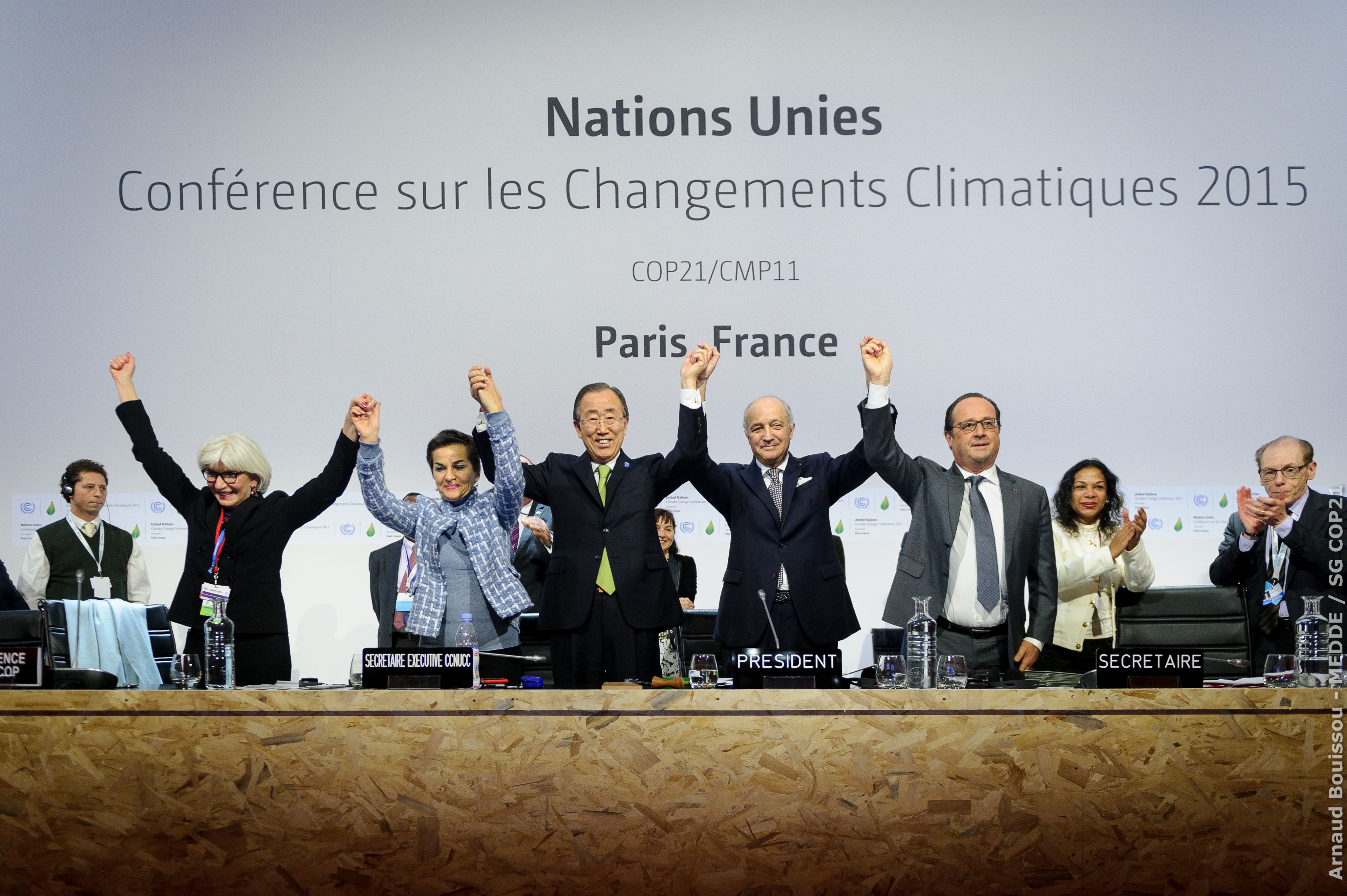Climate impact may force 140 million people to migrate within their own country

March 23rd, 2018
Over 140 million people may be forced to migrate within their own country due to the effects of climate change by 2050, a new World Bank Group report has found.
The report focuses on three developing regions of the world: Sub-Saharan Africa, South Asia, and Latin America, which combined account for 55 per cent of the developing world’s population.
Internal climate migration will intensify over the next several decades, the report states and could accelerate after 2050 due to stronger climate impacts combined with steep population growth.
Interregional migration has traditionally occurred due to economic conditions and environmental factors, with people most often moving from rural to urban areas.
With climate impacts increasing across the world, the report predicts that there will be 86 million internal climate migrants in Sub-Saharan Africa, 40 million in South Asia and 17 million in Latin America.
The focus of the report is on slow-onset climate impacts like water stress, crop failure, sea level rise rather than natural disasters such as floods and hurricanes.
It is expected that people will migrate from areas with lower water availability and crop productivity and from areas affected by rising sea level and storm surges.
Certain hotspots will be formed, with the report pointing to Ethiopia, Bangladesh, and Tanzania as countries most likely to be highly impacted.
Large cities in India, Mexico, and Kenya will face increased stress from climate in-migration as affected people migrate into cities with better climate conditions for agriculture and better income opportunities.
The report states that proper planning for infrastructure and social support systems need to be in place for these hotspot areas and that migration can be a good climate change adaptation strategy if managed properly.
A strong enabling environment for migration needs to be in place supported by direct incentives, such as skills training and job incentive programmes, for people to move to areas of low risk and greater opportunity.
The report suggests that certain major actions can be taken to reduce migration volumes including cutting down on the use of fossil fuels and embedding climate migration in development planning.
[x_author title=”About the Author”]







